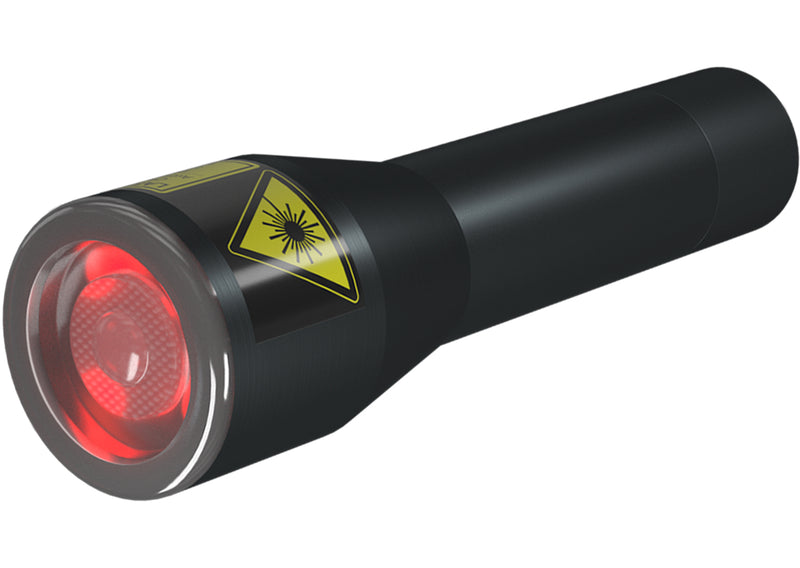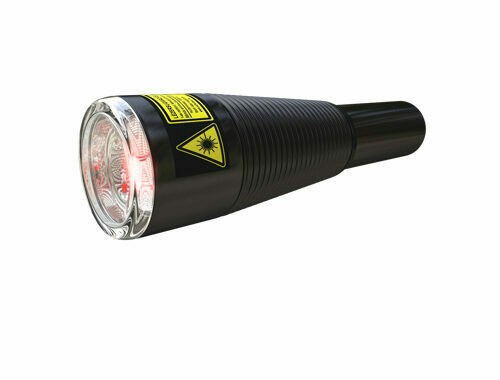Top Tips To Selecting Safe Laser Treatment
Wiki Article
How Can Safe Low-Level Therapy (Lllt) Aid In Locomotor Pain And Sports Injuries?
Safe Laser low-level therapy (LLLT), which is a kind of laser therapy, can be used to treat injuries from sports and pain in the locomotor system through various mechanisms. This helps relieve the pain and inflammation that comes with injuries.
Accelerated Tissue Regeneration- LLLT stimulates cellular proliferation and metabolism, leading to faster tissue growth and repair. It also promotes collagen synthesis which is crucial for the recovery of injured tendons.
Pain Relief – LLLT reduces pain through reducing nerve conduction and also releasing pain mediators. It also boosts the production of endorphins which are the natural substances that alleviate pain.
Improved Blood Circulation LLLT increases vasodilation and microcirculation and results in a greater blood flow to the injured area. Improved Blood Circulation - Better blood circulation allows nutrients and oxygen to reach the tissue. This aids in healing and decreases recovery time.
Muscle Relaxation- LLLT helps relieve tension and spasms in muscles through the release of nitric oxide, which triggers relaxation of the smooth muscles. This is especially beneficial for athletes suffering from stiff muscles.
LLLT reduces the formation or scar tissue through encouraging renewal. Scar tissue can impede motion and lead to chronic pain if not properly managed.
LLLT enhances the range of motion and joint flexibility, reducing pain. It allows people to quickly return to their sports and normal activities.
Overall, safe Laser low-level laser therapy is a non-invasive and drug-free approach to managing locomotor pain and sports injuries, which can lead to speedier recovery and enhanced results for people looking for relief from musculoskeletal issues. Read the best safe laser bérlés for blog tips including lágylézer készülékek, safe laser vélemények, lágylézer kezelés, safe laser használata, lágy lézer, lágy lézer kezelés, lágylézeres készülék, lágy lézer, orr lézer készülék, lágy lézer kezelés and more.

What Can A Safe And Effective Laser Treatment Aid In Ear, Throat, And Nose Problems?
Low-level laser therapy (LLLT) is a solution to various ear, nose, and throat (ENT) issues through a variety of mechanisms- Reduced Inflammation- LLLT has anti-inflammatory effects, which can help reduce inflammation of the tissues of the ear, nose, and throat. This can be beneficial for ailments like sinusitis, rhinitis, and tonsillitis, which can cause inflammation and result in symptoms like nasal congestion, sore throat, and ear discomfort.
Pain relief LLLT reduces pain by altering nerve conductivity and decreasing pain mediators like substance P. It is also able to relieve pain from ENT ailments like sinus pressure or earache.
Enhanced tissue healing- LLLT promotes cellular proliferation and metabolism leading to rapid repair and regeneration of tissues. LLLT helps promote faster healing of tissue in ENT diseases like Pharyngitis or otitis.
Improved blood circulation- LLLT stimulates microcirculation as well by vasodilation. The result is an increase in blood flow to the affected region. A better blood circulation will facilitate the delivery of nutrients and oxygen to the tissues, promoting healing and lessening inflammation.
Antimicrobial Effects- LLLT has been shown to have antimicrobial effects, which can help reduce bacterial or viral load in the nasal or throat passages. This is beneficial for treating conditions like tonsillitis or sinusitis.
Relief from Allergic Symptoms – LLLT reduces inflammation of the sinuses and nasal passages that can ease the symptoms of allergic rhinitis. This may reduce nasal congestion as well as an increase in sneezing.
Tinnitus Treatment LLLT was studied as a possible treatment option for Tinnitus. Tinnitus causes ringing and buzzing sounds in the ear. LLLT is believed to enhance blood circulation and decrease inflammation in the auditory systems which results in a decrease of the tinnitus.
Safe Laser low-level laser therapy is a safe method that is not invasive to treat ear, nose and throat ailments. It offers relief and speeds up healing. Before using LLLT you should consult an expert ENT for a diagnosis and recommendations on treatment. Have a look at the top rated lágylézer for site recommendations including mozgásszervi betegségek kezelése, orvosi lézer készülékek, orvosi lézer készülékek, gyógyító lézer, lézeres fájdalomcsillapítás, laser lézer, lágylézer készülékek, safe laser használata, orvosi lézer készülékek, lágylézer hatása and more.

What Is The Time Frame To Allow The Laser Device To Be Effective On Conditions Of The Ear, Nose And Throat?
Safe Low-level therapy with lasers (LLLT) that is used to treat ENT conditions, can produce varying results depending on the specific condition being treated. Other variables are the severity of the problem and the patient's reaction to treatment. Typically, a sequence of LLLT sessions over a specified time period is suggested to obtain the best outcomes for ENT conditions.The amount of LLLT sessions required for ENT conditions depends on several variablessuch as
The type and severity of the diseaseThe severity and the type of ENT conditions can impact the amount of LLLT treatment sessions needed. Conditions such as laryngitis, tonsillitis and tonsillitis may require different treatments.
Individual Response to Treatment - factors like the state of health, immunity and healing capacity can influence the way a patient reacts to LLLT treatment for ENT disorders. Some people respond faster to treatment than others and might see their symptoms improve faster.
Treatment Protocol - The treatment protocols suggested by ENT specialists will have an influence on the frequency and quantity of LLLT treatments for ENT conditions. Healthcare providers can tailor treatment plans to suit the requirements of every patient, which includes scheduling LLLT sessions in intervals or at a variety of times throughout the week.
Acute vs. Acute vs. Chronic Conditions - The differences between chronic and acute conditions may also impact the amount of LLLT treatments required. The acute conditions such as acute pharyngitis and acute sinusitis are treated in less sessions, while chronic conditions like chronic rhinosinusitis and chronic laryngitis require more treatment.
Others may require a longer period of treatment to get the desired results. In order to benefit the most from LLLT treatment, you should follow the treatment plan prescribed to you by your ENT specialist. You should also keep track of every scheduled LLLT sessions. Additionally, it's important to keep an eye on the symptoms and to talk to your ENT physician to ensure that the proper treatment plan and management are followed.